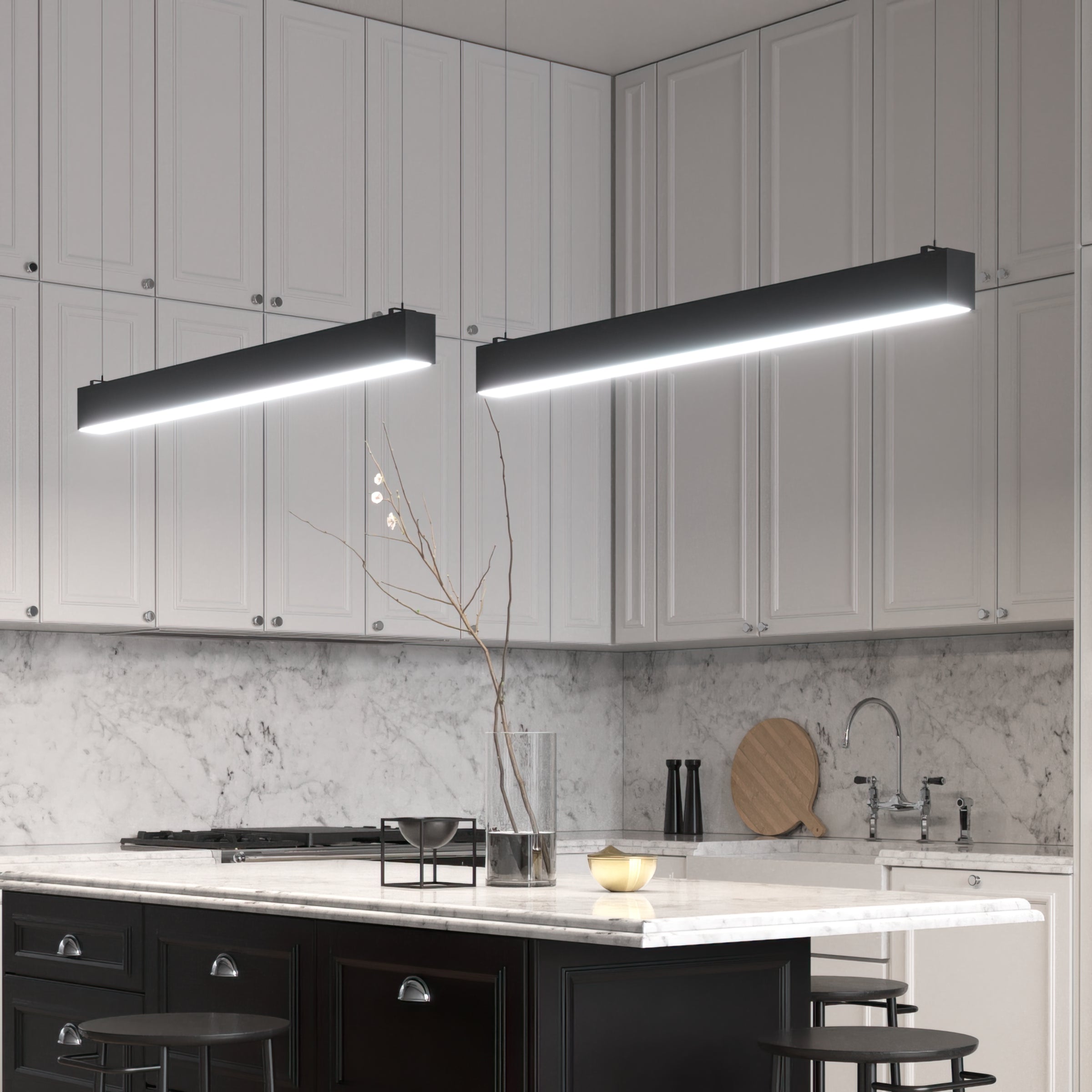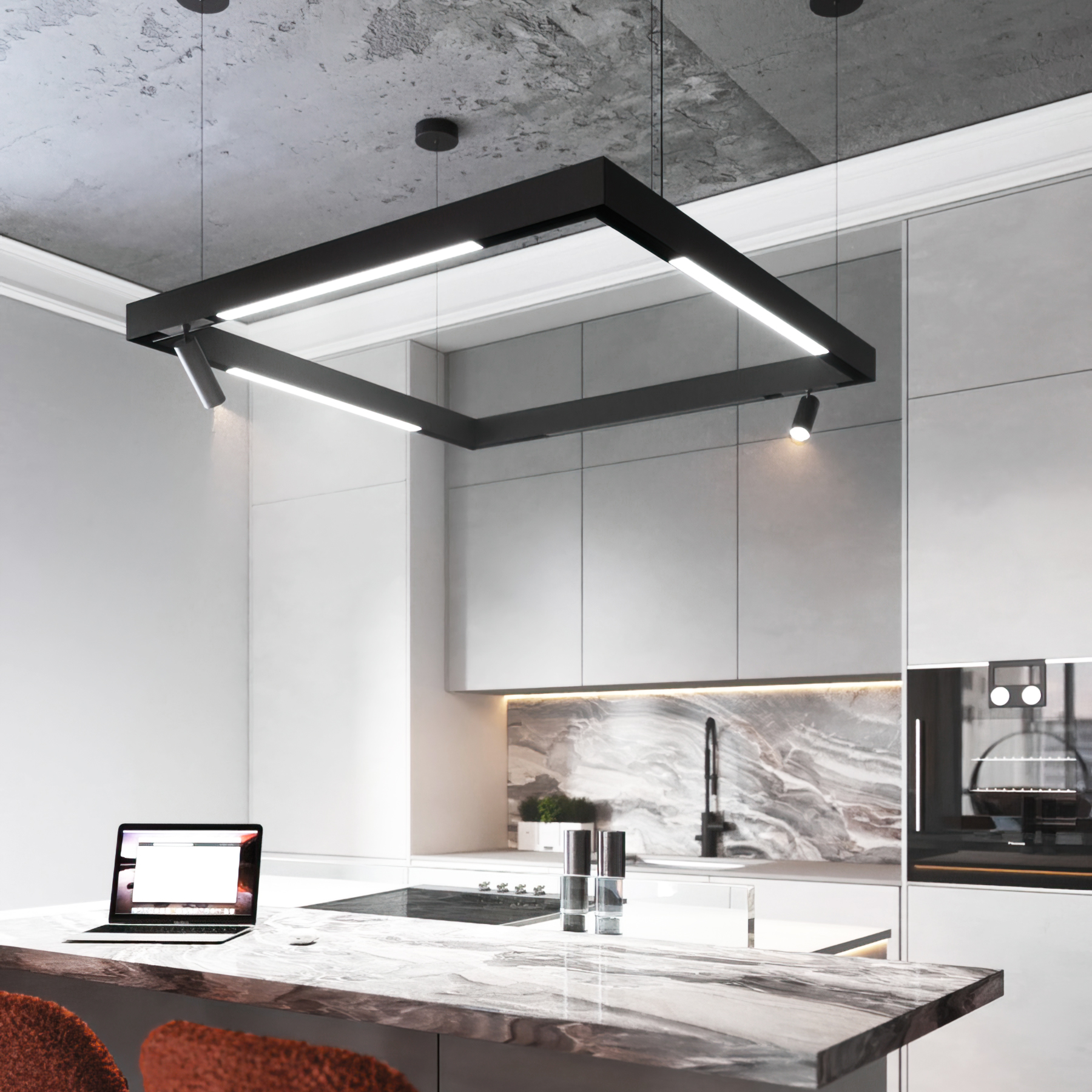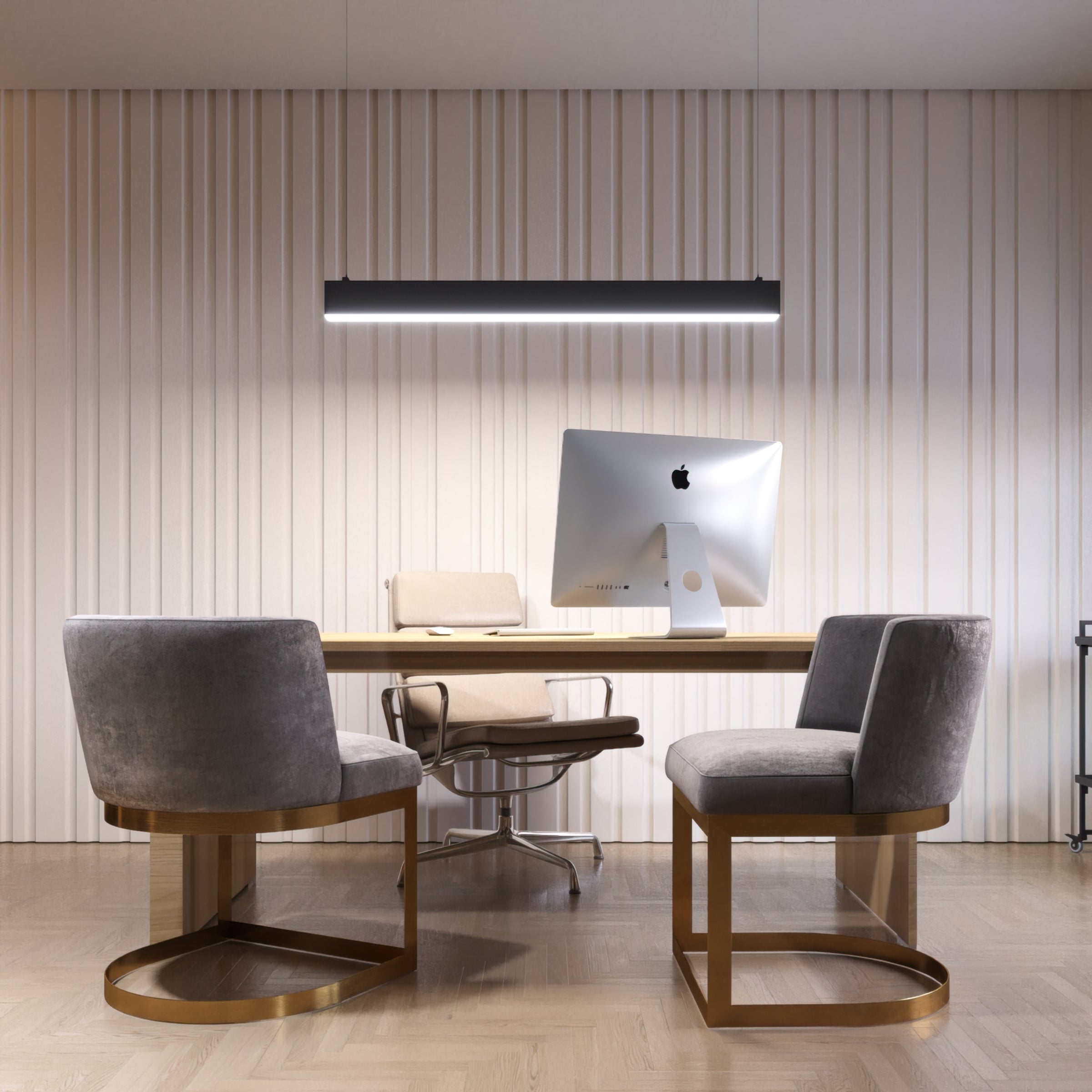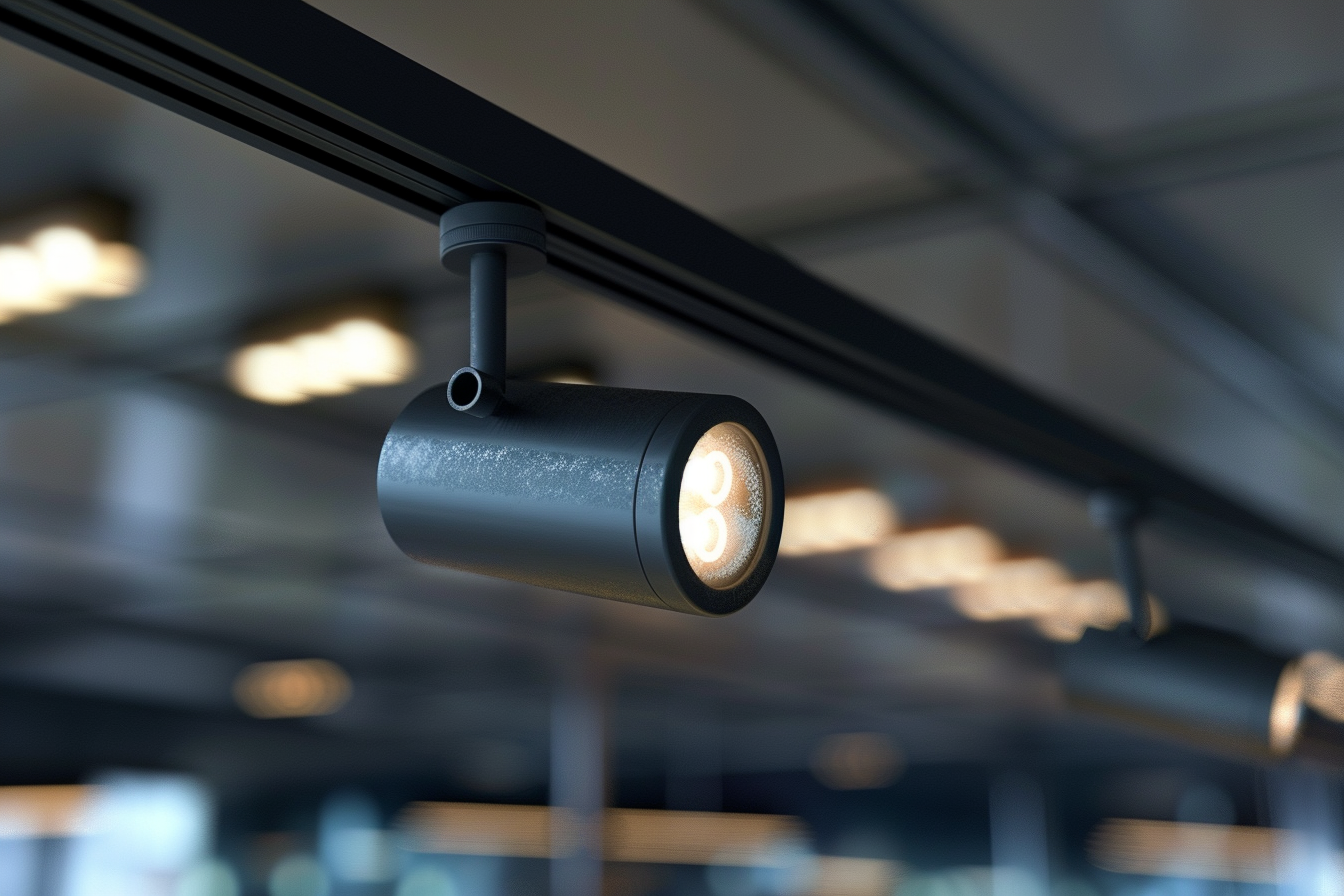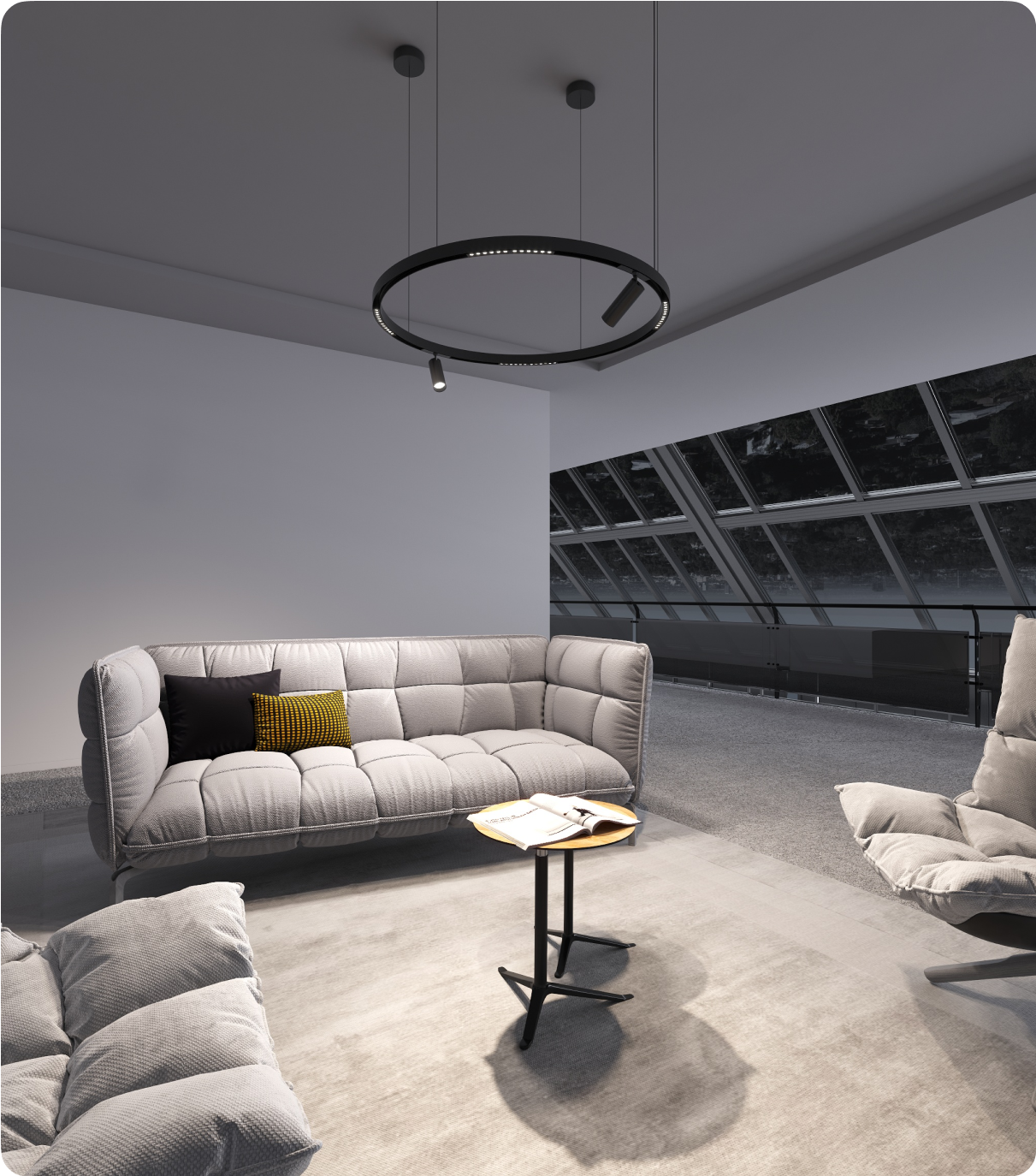Welcome to our blog! Today, we delve into the dynamic world of LED lighting technologies, a sector experiencing rapid advancements and global adoption due to the numerous benefits it offers.
LED lighting has seen an incredible surge in demand since its introduction to the market, primarily because of its superior energy efficiency, undeniable cost-effectiveness, and impressive durability. As this technology evolves, new systems are developed and released, often accompanied by updated certification requirements. These standards are pivotal in maintaining product quality and identifying potential applications.
Furthermore, we'll explore some new lighting standards set by the California Energy Commission (CEC), demonstrating California's commitment to environmental conservation. So, stay tuned as we illuminate these changes and how they're shaping the future of LED lighting in California.
California Energy Efficiency Standards
- Title 20
California Title 20 lighting is a set of regulations governing the sale of lighting products in the state of California. These rules were established by the California Energy Commission (CEC) and were implemented in two parts: in 2018 and 2019.
The regulations apply to three main categories of lighting: state-regulated LED lamps, state-regulated small-diameter directional lamps, and state-regulated general service lamps. Manufacturers are required to certify their products with the CEC's Modernized Appliance Efficiency Database System (MAEDbS) to ensure compliance with the energy efficiency standards.
All parties in the sales chain, including manufacturers, distributors, retailers, contractors, and importers, are responsible for ensuring that regulated products are listed in the MAEDbS before being sold in California. This also applies to online sales.
But what is Title 20 compliant? To be Title 20 compliant, LED bulbs must provide general lighting with specific lumen and correlated color temperature (CCT) requirements. Additionally, these bulbs must meet minimum efficiency LED standards in Lumens per Watt (LPW), standby power usage, rated life, and compliance score.
Ultimately, California Title 20 lighting compliance ensures that lighting products meet energy efficiency standards set by the CEC, making it a beneficial requirement for consumers and the environment.
- Title 24
Title 24, much like its counterpart Title 20, is a comprehensive set of regulations and standards that are primarily focused on promoting green design and energy conservation. These regulations also address key areas such as fire and life safety, accessibility, and the construction and maintenance of buildings. The standards laid out in Title 24 apply to a wide range of systems, including, but not limited to, mechanical, structural, plumbing, and electrical systems. The initial standards under Title 24 were put into effect on the first day of January 2017. Since then, there have been significant updates, an example of which is the Joint Appendix Section 8 (JA8), which is specifically designed for residential use.
In the context of lighting, California's Title 24 regulations for Light Emitting Diodes (LEDs) include the stipulation that motion sensors or other energy-saving lighting devices must be employed. This is to ensure that LED lights are not only energy-efficient but also meet requirements in terms of lifespan, luminaire efficiency, quality of light output, and compliance with dark sky regulations.
Further stipulations under Title 24 lighting requirements include the need for a Color Rendering Index (CRI) of 90, a Correlated Color Temperature (CCT) that does not exceed 4000K, a rated lifespan of at least 15,000 hours, a capacity for 10% dimming, an immediate start time of 0.5 seconds or less, and noise levels that are kept below 24 dB at both 20% and 100%.
It's absolutely pivotal for LED bulbs to bear a JA8-2016 or JA8-2016-E label. This label serves to indicate that the bulbs are in compliance with the standards set out in Title 24. The primary objective of Title 24 is to ensure that lighting products are not only more efficient but also have a longer lifespan and are capable of maintaining their original brightness over time. While compliance with Title 24 is not a mandatory requirement for selling products in the state of California, it is a prerequisite for all new construction projects. This is a clear demonstration of the state's unwavering commitment to environmental leadership.
LED Lighting California Certification Programs
- California Proposition 65
If you aim to market your LED lighting products in California, compliance with CA Prop 65 might be essential. CA Prop 65 oversees more than 800 harmful substances present in consumer goods, and a warning label is mandated for importers if their product contains these substances beyond the acceptable limit.
Restricted substances include, but are not limited to, Lead, Cadmium, Acetamide, Chloroform, Colchicine, and Mercury.
- Energy Star Certification
The Energy Star program, launched by the U.S. Environmental Protection Agency (EPA) in 1992, is a voluntary initiative aimed at identifying and advocating for energy-efficient products to curb greenhouse gas emissions. Following a partnership with the U.S. Department of Energy, the Energy Star label is now used on a wide variety of items, including major office equipment, appliances, home electronics, lighting, new homes, and industrial and commercial buildings and plants.
These certification marks play a vital role in aiding governments to safeguard public safety, protect consumers, supervise environmental concerns, and control energy consumption. Some of these certifications have regional applications, while others are international.
These certifications simplify the process for consumers or end-users to locate and buy certified products. The performance of certified products is always assured, as all LED products entering the market are expected to comply with both regulatory requirements and industrial standards. Such standards instill trust and confidence in customers and end-users.
- Design Lights Consortium
The Design Lights Consortium (DLC) is a non-profit organization committed to promoting efficient lighting. It does this by setting quality standards, fostering thought leadership, and providing resources and tools to the lighting market, all through an open, collaborative dialogue.
The DLC represents a cooperative effort of energy efficiency stakeholders from across the United States and Canada. Their mission is to advocate for quality, performance, and energy-efficient solutions in the commercial lighting sector.
As a voluntary certification initiative, the DLC sets minimum performance standards for LED technology in three critical areas: distribution, color, and longevity/stress. Lighting products must meet these performance standards to achieve certification.
The DLC also stipulates specific technical requirements for lamps and fixtures to be included in their Qualified Product List (QPL). These requirements pertain to minimum efficacies and warranties, minimum light outputs, and minimum lifespan ratings.
Any product that satisfies the criteria set by the DLC can be included in the QPL, which is publicly accessible and searchable online.
- Underwriters Laboratories
Underwriters Laboratories (U.L.), a worldwide safety science organization and the oldest and largest independent testing lab in the U.S., ensures the safety of new products and technologies before their global release.
Specifically for LED lighting products and applications:
A product with a UL Listing has been evaluated by a recognized and accredited institution and meets the California residential lighting code as a comprehensive lighting system.
On the other hand, a U.L.-recognized product has had only certain components assessed by an independent lab rather than the entire system.
